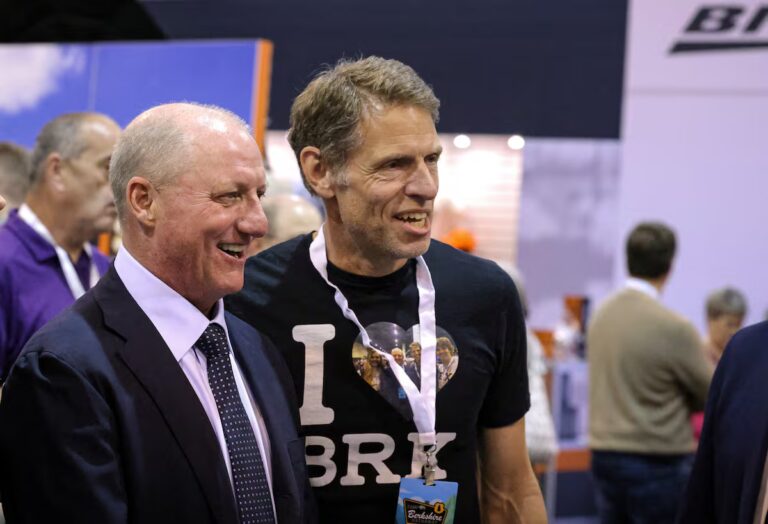
As children, we believed that the “best toy in the world” existed. All you had to do was look at what your colleagues had or what was new on TV to see which one to choose. It wasn’t until later that I realized that there is no such thing as a perfect toy. Each child has their own moments, preferences and needs. Interestingly, as we grow up, many of us act like children choosing toys when deciding to invest.
I often get questions like, “Michael, what is the best fund? What is the best pension? What is the best bond?” Expectations are always the same. It’s about finding universal products with unique and great properties that suit everyone. When clients ask me if they should invest in “hot” assets, I sometimes feel like the father who resists the TV toy. Many people are looking for answers, like those looking for the “perfect toy” of their childhood, and become frustrated when they find out it doesn’t exist.
As Aristotle taught, the merit of each thing ultimately lies in what it is meant to fulfill. In the world of finance, mistakes occur when the very end is ignored. Some people want the biggest possible return when in reality they need peace of mind. Some people want immediate liquidity but choose products that are in short supply. Some people prefer stability. Some people tolerate fluctuations as long as the horizon is long.
The simplest example is a bond. The fact that CDB pays 115% of CDI and has a five-year term may seem attractive. But is it better than something that pays 100% of CDI in daily liquidity? It depends. If investors need access to their funds at any time, 100% may be better. If you have already concentrated many of your assets in the same institution and do not want to rely on FGC, your choices will also change. Returns are not absolute. It only makes sense within the scope of concrete economic life.
The same goes for more sophisticated options. I know investors who are attracted to multimarkets because they have “made big profits in the past,” but when it drops 3% in a month, they panic. For this investor, this fund was neither good nor bad. It just didn’t fit his profile. It’s like handing a complex puzzle to someone who just wants to play with cars. There’s nothing wrong with the toy, just a mismatch in expectations.
This logic is so relevant that it is foreseen in market regulation itself. CVM determines whether each recommendation takes into account the investor’s profile, objectives, and risk tolerance. This is the concept of appropriateness and is the basis of good financial practices.
If this is already happening with simple CDBs, imagine when we talk about pension funds with specific rules, credit products with different risks, or structured investments with different tenors. The distance between “best” and “adequate” increases, and with it the possibility of setbacks.
So when someone asks “Which one is best?” the honest answer is almost always “It depends.” It depends on your life, your deadlines, your emergency fund, your goals, your risk tolerance, and the emotional discomfort each fluctuation causes. Investing isn’t about finding the perfect product, it’s about choosing the right product at the right time and how it fits into your collective portfolio.
Next time you find yourself looking for “the best”, it’s probably worth trying to reverse the question. “What’s best for me right now, given my goals and my wallet?” This simple change usually results in smarter, calmer, and often more profitable decisions.
michael viriat is an investment advisor and founding partner. investor house.
Link exists: Did you like this text? Subscribers can access it for free up to 7 times a day from any link. Click on the blue “F” below.



